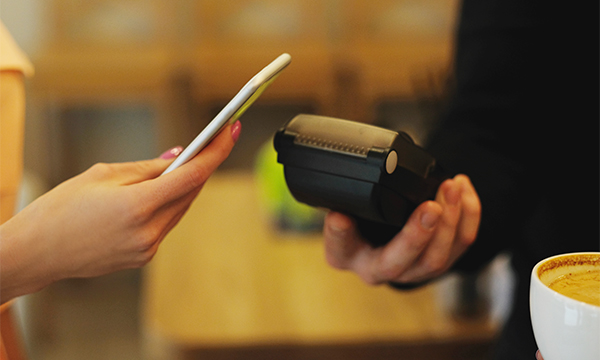If you remember, merchants used to take your credit or debit card and swipes in the POS (Point of sale) machine. That was Magnetic Stripe technology, it is still in use in some places where merchants are still using the old POS Machines. Magnetic Strip technology was invented between the 1960s-70s and was used in credit card and debit card. It was a basic simple card in security terms of modern card where a magnetic strip is attached to plastic card. Magnetic strip stores personal information like card number, name, expiration date and the security pin.
With widespread usage of Magnetic Stripes technology credit and debit card, it attracted large amount of frauds by stealing the data. Fraudsters started replicating the card data through Magnetic stripe card reader which was difficult to catch by naked eyes. As the fraudsters used the stolen data by making counterfeit cards or selling in online black market which in result is used in fake merchandise purchases.
To make the card payment safer and secure three organizations came together i.e., Europay, Mastercard and Visa (EMV). Earlier each of these organizations created separate standardization but in 1990’s they collaborated and started EMV standard and chip card technology. By creating the standardization of card industries, it helped individual customers, merchants, payment service providers, payment processors, card networks and the businesses.
What is EMV Chip or EMV Chip card?
The credit or debit card are placed/embedded with a chip (EMV). Like the magnetic strip these chips store the information like card number, name, expiration date and security pin. Instead of swipe, customer insert the EMV chip card in the POS device/machine. The main benefit of the EMV chip is it generates a one-time-use code (called token) when inserted into a POS Machine (EMV reader) and by using the same code it processes a payment instead of the card number printed on the card. Through this process merchants are not able to receive or store the card data. Special EMV readers only authenticate these EMV chips card which makes them more secure and safer.
One of the most important benefits of these cards due to creating the token during the payment process is they are not easy to counterfeit. EMV chips protect the card holders card details. EMV chips card started gaining attraction in 2015 from US and merchant started shifting from Magnetic stripe reader to EMV readers as the EMV standard evolved.
Now, EMV chip card standards are handled, maintained and updated by EMVCo., which have included more stakeholders like American Express, Discover, JCB, and UnionPay. As the fintech industry developed more, EMVCo develops more standards to create a safe and secure payment process. EMVCo developed Contact and Contactless standards like 3d-secure, QR Code and NFC.
What is NFC?
NFC (Near field Communication) is contactless payment through the card or mobile apps. It uses RFID (radio-frequency identification) technology and communication protocols within 4 cm (about 1.57 in) or less. Hence, the consumer paying through these methods must place the card or mobile (for paying through mobile wallet app) close to the POS device. It does not require the discovery of device or synchronizing with the device like Bluetooth.
In nonprofessional terms, EMV chip and NFC look the same and seem competing, but both are two different technologies. EMV applies how the payment is made and NFC is how the devices are communicating. EMV credit cards are dipped or inserted but NFC equipped cards enable customer “tap to pay.” Card or Mobile NFC devices use the same IT hardware infrastructure as contact and contactless EMV chip transactions. Customer just needs to hover the card over the POS device.
However, with payment wallet mobile apps using the mobile device NFC technology changing the scenario of cards payment. These apps store the card details in the form of tokens and through that token they use mobile devices as virtual cards for the payment.
NFC is providing a mobile payment option where customers store virtual cards and not keep the multiple cards with themselves. The most used mobile wallet in the world is Apple Pay. Mobile wallets are more secure because they work through touch ID, Face ID or six-digit pin. So even if the mobile is stolen it will be difficult to open the wallet application.
As the increasingly growing demand of contactless payment, the transaction with physical cards present payment at POS terminal will decrease. The customers do not have to keep all the cards with them, they must store them in the preferred wallet app once or ask for the virtual card from the bank.
Soon, we will see banks issue more virtual cards with more security features coming in with payment wallets and with NFC technology.




